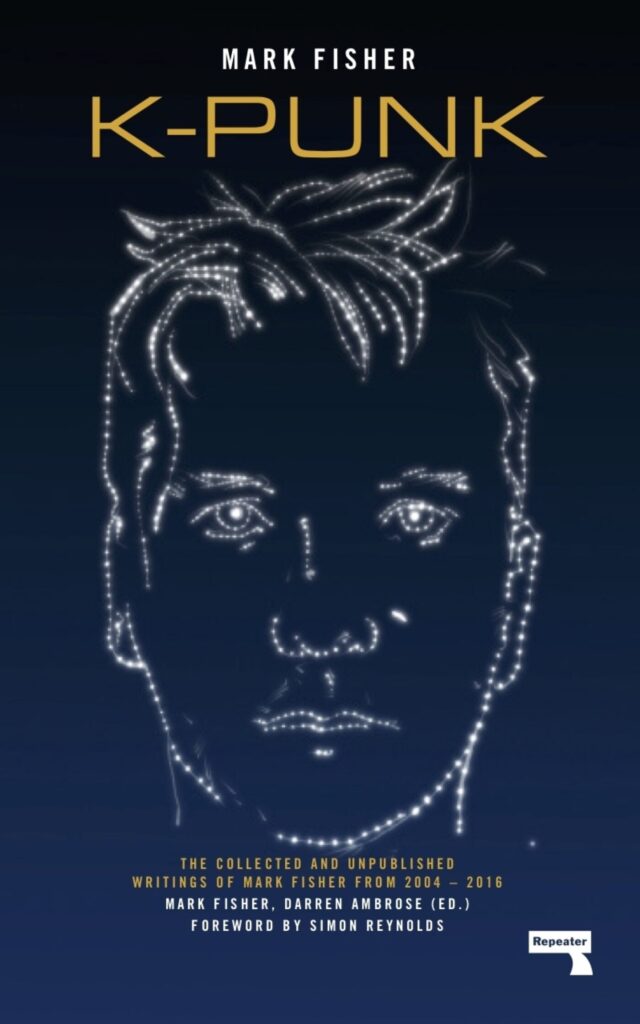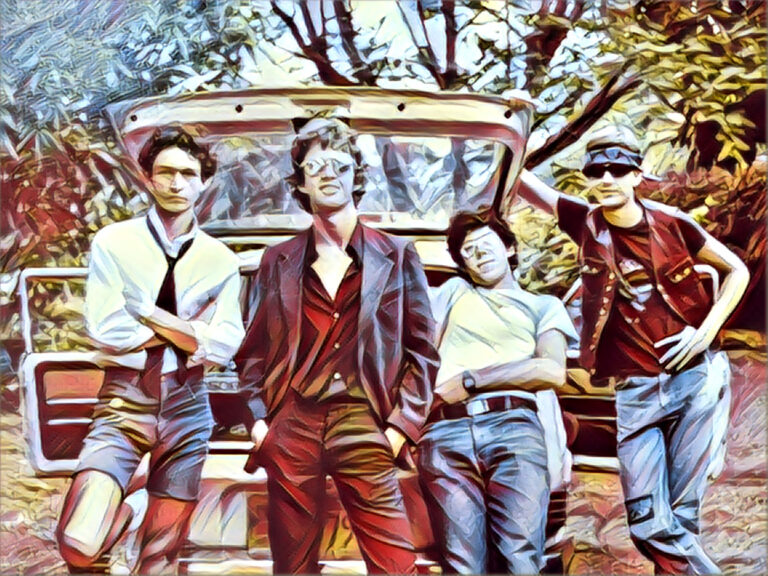This post is a literal Deepseek answer, this morning, to the following prompt: “What is a postcapitalist island, in Mark Fisher’s sense?”

Mark Fisher’s concept of a “postcapitalist island” isn’t a meticulously defined term in his work, but rather a powerful metaphor and conceptual tool he used, primarily in Capitalist Realism (2009), to explore the possibility of imagining and creating spaces outside the seemingly all-encompassing logic of capitalism. It signifies a zone of exception within or alongside capitalism where different social relations, values, and modes of being can (temporarily) flourish.
Here’s a breakdown of its key meanings in Fisher’s sense:
- A Space Beyond “Capitalist Realism”: Fisher famously diagnosed “capitalist realism” – the pervasive belief that capitalism is not only the dominant economic system but the only viable and imaginable one (“It is easier to imagine the end of the world than the end of capitalism”). A “postcapitalist island” is a conceptual or physical space where this stranglehold on the imagination is suspended or broken. It’s a place where alternatives become thinkable and lived.
- A Temporary Autonomous Zone (TAZ): Drawing inspiration from thinkers like Hakim Bey, Fisher saw these islands as often temporary, precarious, and experimental. Think:
- Squats, social centers, or autonomous communities.
- Free parties, raves, or underground music scenes operating on gift economies or mutual aid.
- Worker cooperatives or projects based on non-commodified exchange.
- Moments of collective protest or occupation where different rules apply.
- Online spaces fostering non-capitalist collaboration (though Fisher was often skeptical of their lasting power).
These are spaces deliberately carved out, however fleetingly, where capitalist imperatives (profit, competition, privatization, wage labor as the sole means of survival) are minimized or absent.
- A Laboratory for Alternatives: The island functions as a testing ground for postcapitalist practices. It demonstrates that other ways of organizing life, work, leisure, and community are possible, even if only on a small scale. It proves that humans can relate to each other and their environment differently.
- A Refuge and Source of Resilience: In the psychic desert of capitalist realism, these islands offer respite and hope. They provide spaces for healing, solidarity, and the cultivation of subjectivities not entirely shaped by market logic. They are crucial for mental and political survival, offering a glimpse of something else.
- Conceptual Rather Than (Necessarily) Geographical: While it can be a physical place (like a commune), it’s often more about a state of mind, a set of practices, or a specific social relation existing within the capitalist totality. It’s an island in the conceptual or social sea of capitalism.
- Fragile and Under Threat: Fisher emphasized that these islands are inherently precarious. They face constant pressure:
- Co-optation: Capitalism is adept at absorbing and commodifying dissent (e.g., rebel aesthetics becoming fashion trends).
- Repression: State or corporate forces may actively dismantle them.
- Internal Contradictions: Maintaining non-capitalist relations within a dominant capitalist system is incredibly difficult.
- Exhaustion: The sheer effort of sustaining them against the tide can be draining.
- Not (Necessarily) a Blueprint for the Whole: Fisher was generally skeptical of grand utopian blueprints. These islands aren’t presented as ready-made models to be scaled up effortlessly. Their value is more in their existence as proof of possibility and their role in keeping the idea of an alternative alive, challenging the fatalism of capitalist realism. They are stepping stones or “beachheads” for the imagination.
In essence, for Mark Fisher, a “postcapitalist island” is:
A fragile, often temporary, zone – physical, social, or conceptual – deliberately constructed or emerged, where the dominant logic of capitalism is suspended, and alternative forms of life, relation, exchange, and imagination become possible and tangible. It serves as a vital refuge, a laboratory for the future, and living proof that capitalist realism is a lie, even if these islands remain vulnerable and besieged.
Examples Fisher referenced or alluded to: Rave culture in its early, more autonomous phases; certain squats and social centers; moments of intense collective political action; specific artistic or cultural communities operating outside the mainstream market; experiments in non-hierarchical organization. He saw glimpses of this potential even in fleeting moments of collective enjoyment or solidarity.



